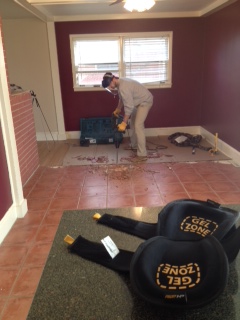So here in Charlotte, we are snowed in.
Good news: it’s beautiful outside. Bad news: I have too much time to shop online for housewares. We need to buy about six more lighting fixtures, and there seems to be an ever-expanding number of choices. Every time I begin to look at different lighting websites I fall into some what of a ceiling light stargate, where all sense of space and time becomes distorted and where I can lose hours, even days, of my life.
I have spent a disgusting amount of time obsessing over lights, and I am not ashamed to admit it. Lighting isn’t cheap, so comparing prices and finding lighting fixtures that I like for a price that will keep me on budget can get a little tricky, but it’s absolutely necessary.
Have you been looking for lighting for your home? Below is a list of some of my favorite sites to find good deals on cool lights. Maybe you can avoid the wormhole better than I.
Websites for lighting fixtures:
- Overstock
- Joss and Main
- Wayfair
- Lighting Direct
- One Kings Lane
- Young House Love’s lighting at Shades of Light
Different Styles
- Flush Mount – Fit snug against the ceiling so you don’t see anything between light and ceiling. These show very little. They are the nuns of lighting fixtures.
- Semi-Flush Mount – These tend to be off the ceiling a few inches. Still classy, these lights show a little leg.
- Chandeliers – High-class ladies of the night, these lights are all flash and leave nothing to the imagination. But we’re still drawn to them. And willing to pay.
- Drum Pendant – These hang low. They have a tendency to wobble to and fro. They also look like drums.
- Bowl Pendant – Same as drum pendants, but these look like bowls. No surprises here.
I ended up purchasing quite a few of the semi-flush mounts for rooms throughout the house, and a chandelier for the master walk in closet. Below are all of the lights for the house that I purchased thus far.
Do you have any recommendations for good places to find inexpensive lighting fixtures? Tell us – we’d love to share your ideas.




















































